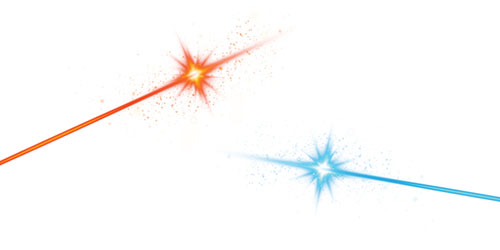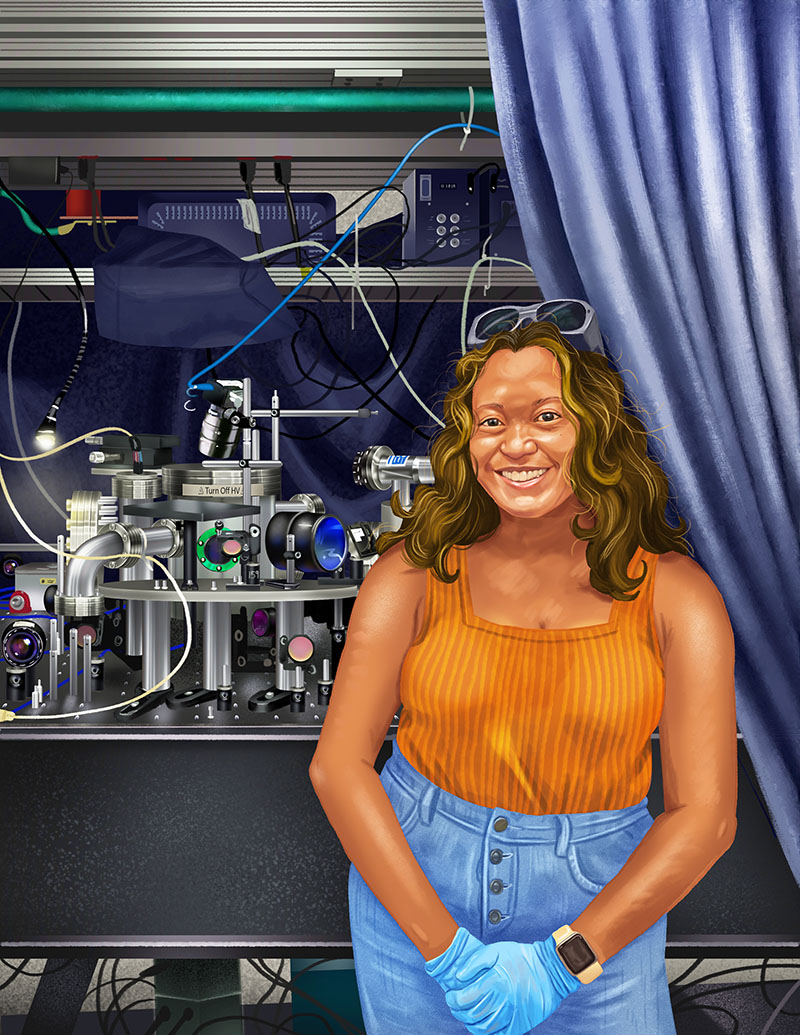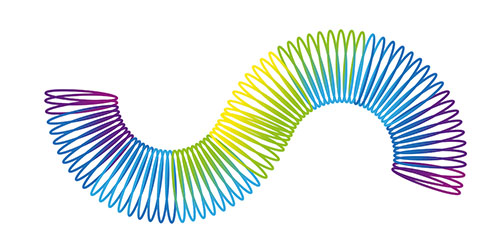PhysicsQuest: Making Waves
Electromagnetic waves, composed of oscillating electric and magnetic fields, are at the heart of modern technology, from cell phones to medical imaging. They travel through empty space at the speed of light, approximately 186,000 miles per second!
These Making Waves activities are perfect for your physics curriculum, serving as captivating prelude activities or post-learning explorations. They're designed to spark curiosity and a deep appreciation for science, aligning with LSOP's mission to make physics informal and inspiring for students. Dive into the captivating world of waves and broaden your understanding of the universe!
In the spotlight for this year's PhysicsQuest is the brilliant physics Ph.D. candidate, Nia Burrell.
PhysicsQuest 2023 Activities: Lessons & Experiments
In this activity, students start the lesson by discussing waves. This will provide teachers with formative assessment data to gauge students' prior knowledge of waves. Students will then engage in an experiment where they explore with Slinkys to answer the key question, “What are the different properties of waves? What makes one wave different from another?”
Using ChromaDepth glasses, students start by exploring different light sources using. Encourage students to look at different colorful fabrics, objects, posters on your walls, or Google “Chromadepth art”. Then, they can create “ChromaDepth art” — drawing with brightly-colored gel pens or paint markers on black paper. Finally, encourage students to think about real-life scenarios where ChromaDepth technology could be used.
Energy of light

Students start by discussing the questions, “What do you think makes different colors of light different? Does one have more energy than the other? How could we find out?” Students will then engage in an experiment where they explore red and blue lights to answer the key question, “What makes red light different from blue light? And what does this have to do with Einstein’s Nobel Prize?”
Multiplexing messages

This activity starts with students exploring markers/colored pencils/crayons to find colors that work well for this activity. The right color will “disappear” when viewed through one lens of the 3D glasses. Then, students can create “multiplexed messages” — making overlapping letters/numbers with different colors allows you to transmit two different messages at once. Then students are asked to review what they’ve learned so far and think about how they could separate laser light multiplexed messages in a fiber optic cable.



